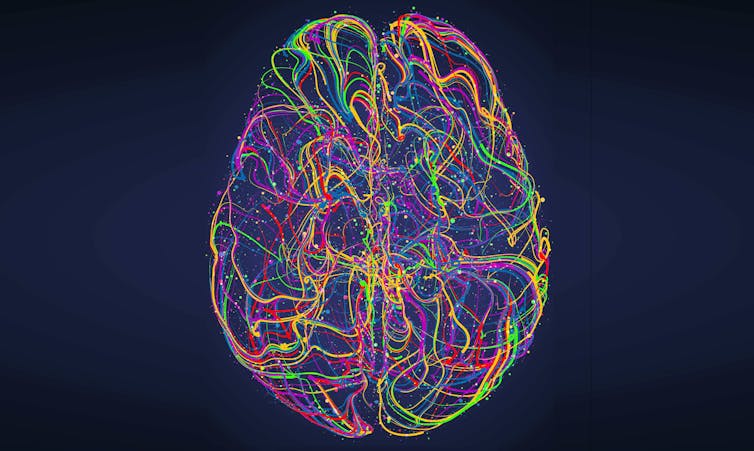INTEGRATED INFORMATION THEORY (IIT)

Key principles and concepts of Integrated Information Theory (IIT) include:
-
Intrinsic Existence: According to IIT, conscious experiences have an intrinsic existence, meaning they exist in and of themselves. In other words, they are not mere representations or reflections of something else.
-
Composition: Consciousness is thought to be composed of smaller, irreducible elements called "qualia." Qualia are the basic building blocks of conscious experience and include aspects such as color, taste, sound, and emotion.
-
Integrated Information: The theory posits that consciousness arises from the integration of information within a system. Integrated information refers to the interconnectedness and interdependence of the elements or components of a system. Systems with a high degree of integrated information are considered to be more conscious.
-
Exclusion Postulate: IIT introduces the concept of the "exclusion postulate," which states that a system's conscious experience is unique, and other potential conscious experiences are excluded when one experience is occurring. This means that conscious experiences are not simultaneously divisible into separate, independent streams of consciousness within the same system.
-
Phi (Φ): Phi is a mathematical measure introduced by IIT to quantify the level of consciousness in a system. It reflects the extent to which information is both integrated and differentiated within the system. Systems with higher values of Phi are associated with higher levels of consciousness.
-
Minimum Φ: IIT also suggests that systems with Phi values below a certain threshold do not possess consciousness. This threshold serves as a criterion for identifying which physical systems, such as brains, may be associated with conscious experiences.
- Integrated information theory (IIT) is a leading theory of consciousness. It is one of the most well-developed and mathematically rigorous theories of consciousness that has been proposed to date. IIT is also supported by a growing body of experimental evidence
- IIT has been praised for its ability to account for a wide range of phenomena related to consciousness, such as the subjective experience of consciousness, the different levels of consciousness, and the effects of brain damage on consciousness. IIT has also been used to develop new models of artificial consciousness.
- Despite its limitations, IIT remains one of the most influential theories of consciousness today. It has helped to advance our understanding of consciousness and to stimulate new research in this area.



